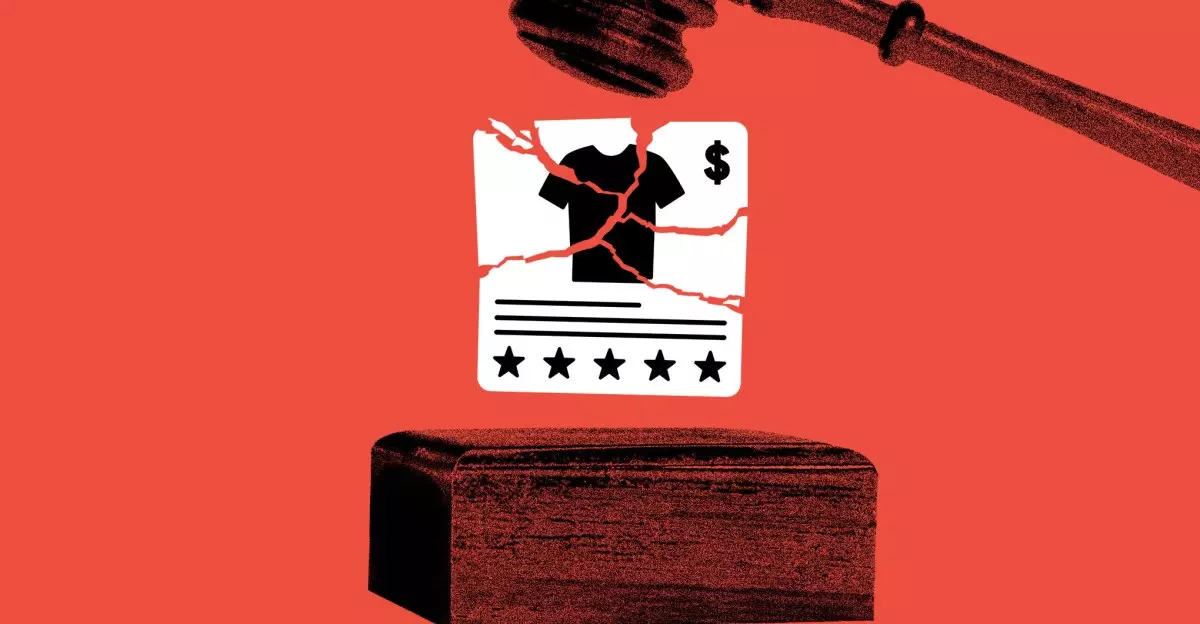In recent years, Silicon Valley giants like Google have come under intense scrutiny for their growing dominance and alleged anti-competitive practices. Historically, antitrust laws aimed to prevent monopolies that stifle innovation and harm consumers. However, the tech industry’s rapid growth and complex ecosystems have complicated traditional approaches. As regulators now turn their focus toward dismantling entrenched futures, the latest developments highlight both the opportunities and challenges of curbing unchallenged corporate power. The current push to force Google to divest its ad exchange, AdX, exemplifies a broader paradigm shift—recognizing that unchecked monopoly can silently erode the competitive landscape, ultimately harming consumer choice and innovation.
This isn’t merely about penalizing a tech titan; it represents a fundamental re-evaluation of how monopoly power should be managed in the digital age. The Justice Department’s push to break up Google demonstrates a growing belief that, in certain circumstances, regulatory intervention is necessary to restore fair competition. Instead of settling for behavioral remedies or minor adjustments, the government’s demand for structural change—such as divestment—signals a bold attempt to reset the playing field. This approach, although fraught with legal and logistical complexities, reflects an acknowledgment that longstanding market dominance requires aggressive measures to prevent monopolistic stifling of rivals and innovation.
The Significance of the Google Ad Tech Case
The core issue at hand involves Google’s power in the advertising technology sector—specifically its control over the AdX exchange and its intertwined relationship with other advertising tools like Doubleclick for Publishers (DFP). The Justice Department’s case isn’t just a technical dispute; it’s a fight for the preservation of a competitive digital ecosystem. Google’s strategy, which involves tying together multiple ad services and leveraging its market position, restricts rival platforms from gaining real traction, thereby creating a de facto monopoly.
What distinguishes this case from other antitrust battles is the direct link to market entry barriers. Google’s bundling of AdX with its DFP platform, combined with restrictions on data access and auction tactics, creates a formidable barrier for new competitors. The government rightly emphasizes that these practices aren’t merely business strategies—they’re manipulative tactics that undermine fair competition. The proposal to force Google to sell AdX aims to dismantle this entrenched dominance, opening the door for rivals to challenge Google’s near-monopoly and sparking a more vibrant ad tech industry.
Furthermore, Google’s defense centers on minor behavioral adjustments—offering third-party access, data exports, and halting certain auction tactics. Yet, these concessions arguably do little to dismantle the structural barriers that sustain Google’s control. It demonstrates that the core problem isn’t just Google’s proprietary advantages but the systemic abusiveness of its integrated platform model. If the courts accept the government’s call for a breakup, it would mark a pivotal precedent—one that acknowledges market concentration can be so pervasive that only divestiture can truly restore competition.
The Legal and Practical Challenges of Antitrust Remedies
While the case sounds straightforward in theory, implementing such remedies is tremendously complex. Google’s influence extends beyond the courtroom; it has embedded itself into countless web and app ecosystems, making any breakup an intricate, high-stakes operation. Moreover, the legal process itself is protracted; even if Google is ordered to divest AdX, it could take years before the remedy is executed. During this time, the company can continue operating, lobbying, and influencing the market, complicating efforts to achieve real change.
The courts’ willingness to impose a breakup also remains uncertain. Previous antitrust rulings, such as the landmark case against Microsoft in the late 1990s, prove that enforcement can be inconsistent, and tech giants often find creative ways to circumvent penalties. Google’s legal team, by framing the issues as minor behavioral tweaks, seeks to preserve as much of its business empire as possible, resisting the severity of a potential breakup. This tug-of-war highlights a core dilemma: regulatory authorities must balance the urgency of restoring competition with the practicalities of market disruption and innovation preservation.
The long-term impact of such a breakup could be profound. A successful divestment could lead to a more competitive ad market, fostering innovation and better options for publishers and advertisers. Conversely, it risks fragmenting the very ecosystems that have become integral to digital advertising, potentially leading to inefficiencies, increased costs, or unintended market fragmentation. The courts will need to weigh these complex considerations, and their decision could shape the future landscape of digital competition for decades.
The Broader Ramifications for Tech Accountability
This case isn’t just about Google; it’s a test case for how the global community approaches tech giant accountability. For too long, monopolistic practices in the tech industry have been tolerated under the guise of innovation and consumer benefit. Now, with mounting evidence of market manipulation and anti-competitive behavior, regulators are signaling that old frameworks are insufficient. The notion of breaking up a dominant firm—once considered radical—is now gaining traction as a necessary intervention.
A successful enforcement would send a strong message: No company, regardless of size or influence, should be above the principles of fair competition. It could pave the way for stricter regulations across the tech sector, encouraging companies to operate transparently rather than exploit market power. On a broader level, this push signifies a shift towards proactive regulation—anticipating potential monopolistic behaviors before they become unbreakable strongholds—rather than reactive remedies after damage has been done.
Critics, however, argue that such interventions could stifle innovation or lead to market fragmentation. But the core truth remains: without checks and balances, dominant tech firms can entrench their power, making it nearly impossible for smaller players to compete or for consumers to enjoy diverse, innovative options. The courts and regulators stand at a crossroads—whether to preserve the status quo or to enforce a new era of fair, competitive digital markets—this case could be a defining moment.
—
Note: This article reflects an analytical perspective on ongoing antitrust efforts against Google, emphasizing the importance of structural remedies and the significance of regulatory intervention in shaping a fair digital economy.

